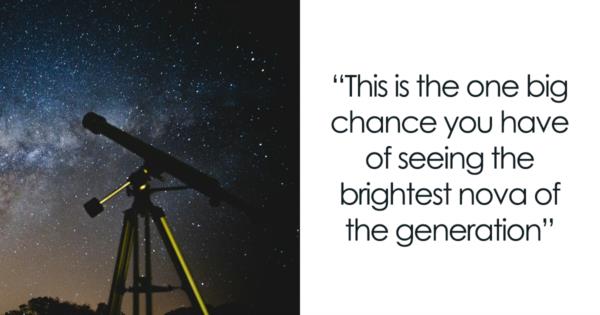
A tiny constellation in the Northern Celestial Hemisphere, located 3,000 light-years away from Earth, is predicted to undergo a once-in-a-lifetime event. T Coronae Borealis, known for its rare outbursts that occur approximately every 80 years, is set to captivate astronomers and skywatchers alike. The last documented eruption of this phenomenon was in 1946, and historical records trace sightings back to 1787 and even earlier in 1217.
Scientists are eagerly anticipating the upcoming event, expected to take place between February and September 2024. This celestial spectacle will mark a significant astronomical occurrence, with the brightest nova of the generation likely to be visible. The Hubble Space Telescope is among the instruments poised to observe this extraordinary event.
Corona Borealis, the constellation housing T Coronae Borealis, contains four named stars recognized by the International Astronomical Union: Alphecca, Kamui, Moldoveanu, and Nusakan. In Greek mythology, this constellation is linked to the tale of Theseus and the minotaur, and it remains one of the 88 modern constellations.
A nova, such as the one expected from T Coronae Borealis, is a type of exploding star that experiences a temporary surge in luminosity before gradually fading. This phenomenon occurs in double-star systems, where a red giant star transfers material to a white dwarf companion, leading to a sudden increase in brightness visible from Earth.
While novas are typically unpredictable, T Coronae Borealis is one of the rare recurring novae in our galaxy. The star began dimming in March of the previous year, indicating a potential nova eruption in the near future. However, the exact timing remains uncertain, with researchers estimating a window between now and September for the event to occur.
For those eager to witness other astronomical events this year, there are several upcoming celestial occurrences to look forward to. As we await the spectacular outburst from T Coronae Borealis, the night sky beckons with its mysteries and wonders, inviting us to gaze up and marvel at the beauty of the cosmos.






